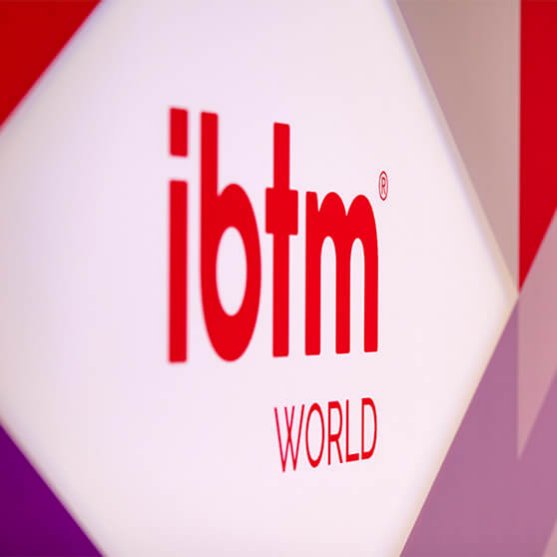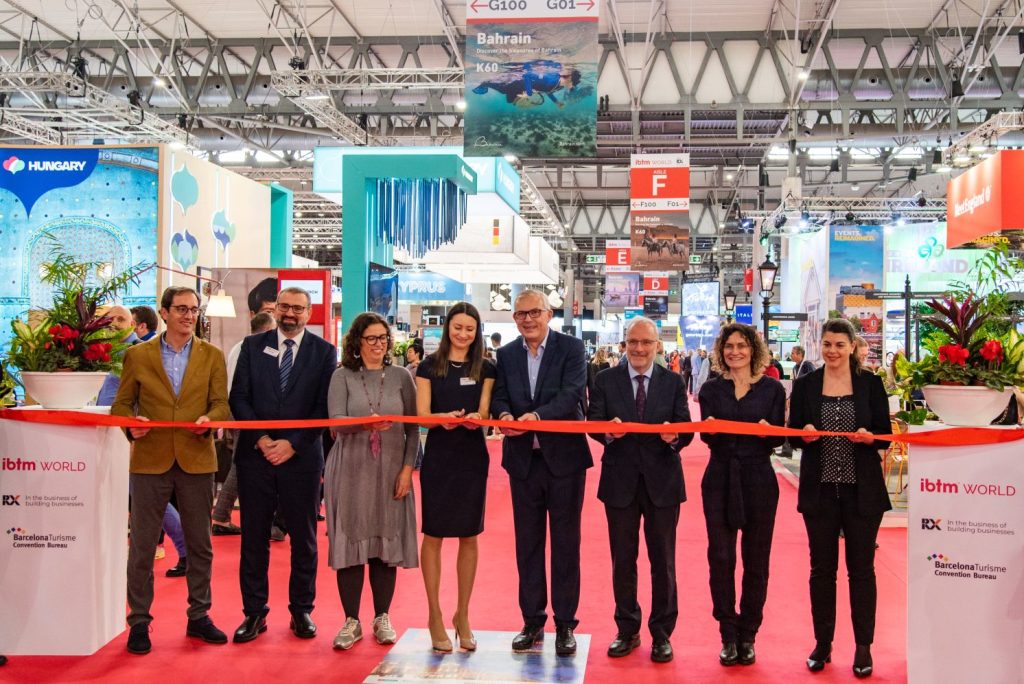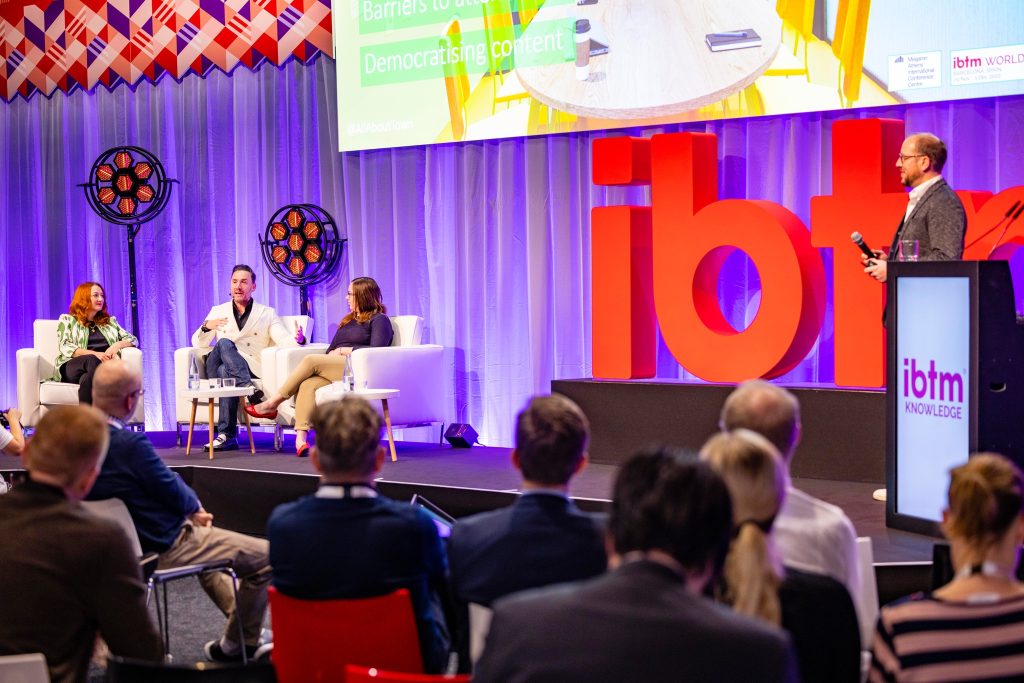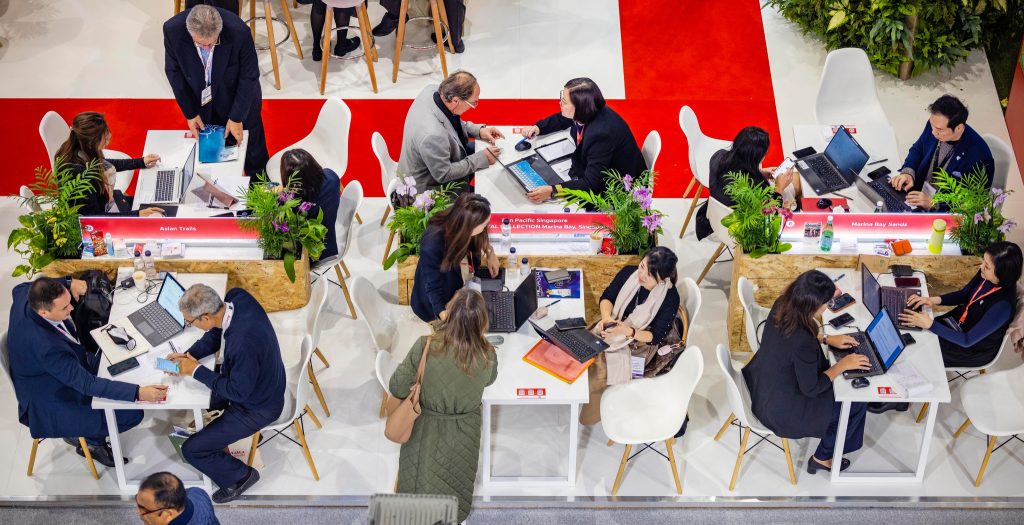Data, immersion, and loads of innovation: what is changing in audiovisuals?
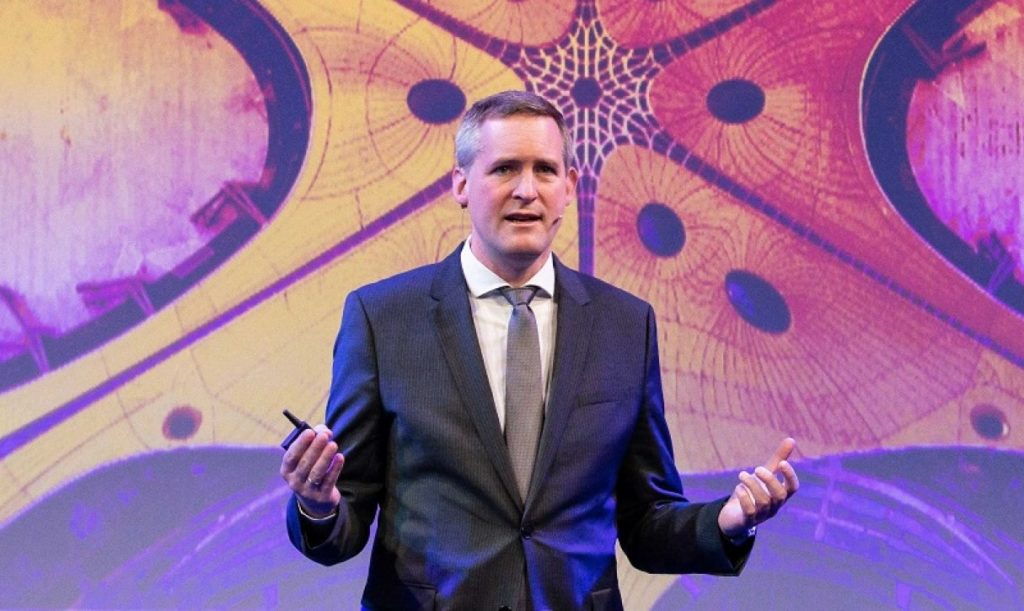
Share news
Listen
Strategic and organizational shift: The need for a more integrated approach
Innovation has been relentless and we now have amazing technical solutions… but is has often been a flaw of AV professionals to marvel at the quality of the hardware but dedicate insufficient attention to how it will be setup, used, fed with content. And audiovisuals were shiny and innovative, but not business critical, so companies set up large LED screens and other AV solutions but without integrating it in their business. They were thinking in silos. This is changing. You need to orchestrate everything, not only in the physical space, but in the customer journey. The experience has to be coherent and seamless, from the mobile phone to the physical space. The other trend is the integration of data. Audiovisuals used to be about impressing people; today is about data-driven, dynamic content, relevant to the situation of the consumers. Three fields have to integrate like never before: AV, architecture and data.
What professionals can best integrate that? Who can bring this creativity and intelligence, understanding the target and integrating the data we can get about the target? It is difficult. Logically it could be the architect or concept designer but they don’t always know the latest in AV and specific technical requirements, like lighting for instance. So the design company or the integrator could be involved. In any case, you have to understand the visitors, the strategy of the brand.
I am not sure it is one person; it is more a team of a few experts: architect, engineer, someone from the operations side, and a content guy since you have to “feed the beast”, understanding the customer and integrating the learnings of data.
One player whose role has expanded is the hardware vendors, which are increasingly managing the planning and installation, since solutions are ever more sophisticated and harder to integrate. Sometimes they buy an integrator for that purpose. They have consulting units to help integrate all the necessary elements.
Now, let’s review the key trends in audiovisuals
- Dynamic, data-driven content. Content is increasingly data driven (the content will depend on outside elements like the weather or news of the day, and characteristics of visitors: sex, age, and what we know about them). It is about relevance, people have in their phone absolutely personalised content, they demand more and more this type of relevance in other places where they see content. How to offer this personalization? Technology (sensors and biometrics) make anything possible, but it has to be acceptable culturally and GDPR-wise, which is not always easy. It is technically possible: some systems observe the mood of visitors when they enter and exit the store, and the salespeople get this data on their mobile and know how visitors feel and adapt their way of selling accordingly… So anything is possible, but careful because acceptance is not guaranteed. Should you be frank about what data you will use and explain to your audience that integrating data will enable a more relevant experience? Absolutely, especially for young people who value this personalization and do not worry much about privacy: you can tell people that this will add value to their experience.
- This is a key trend. Art exhibitions are becoming increasingly immersive and dynamic, so it opens art to new audiences and changes the experience. It is a very attractive innovation, making the art experience much more lively.
- LED resolution: are we there yet? Yes, resolution is absolutely amazing, we are at 0.8mm in fixed installations, and 1,2mm for the rental market. We are already at a level of resolution that is better than what the viewer needs and values, it is hard to think we will improve much more.
- New types of LED, flexible or with other shapes beyond the rectangular ones. That is an interesting development but it is nice to have, 95% of the market is about rectangular ones. Also, you can combine small rectangular modules and create a wide variety of shapes.
- Solutions to control the content by moving your hand in the air (like Coolux, “Minority Report” style”). This comes and goes. It has been popular with covid, when people did not want to touch anything, but is not massively used despite having been around in one for or another for years. But the game-changer there will be the metaverse, which will facilitate interacting using your movements, so the take-up of these solutions could accelerate.
- The quality is getting better but the essence has not changed so much. And after the pandemic, people want to meet again so new ways to meet virtually are not exactly successful any more.
- Mapping: has the market grown significantly beyond projection on a public building? It has been popular with Covid, since it provided a way to offer an audiovisual experience outdoor. And some interesting developments are coming: we are getting closer to daylight-mapping, and mapping is becoming cheaper, so we can expect it to grow in the coming years.
- Will VR / AR / MR and in the end the metaverse impact the audiovisuals world in retail and events? It will take time; today I feel like we are reliving the Second Life moment… Also all these experiences are still very individual and will be mostly for people to use at home, rather than in events. I see the potential but not for the next 3-5 years in events and venues. It could work in retail or some exhibitions, though, but probably we will have to wait for it to have a significant market penetration.
- Is sustainability impacting the demand? More and more customers want low-emission solutions; some exhibition organisers are looking to go for carbon-neutral exhibitions, so the energy efficiency is more important, and will probably be increasingly important.
We will see Florian in ISE in Barcelona 10th to 13th, he reminds us a key reason to be present: “you have to experience the technology in person, explore it on-site”. Ahhh and if you want to attend the show, register for free using the code 6ERLG8YI.



